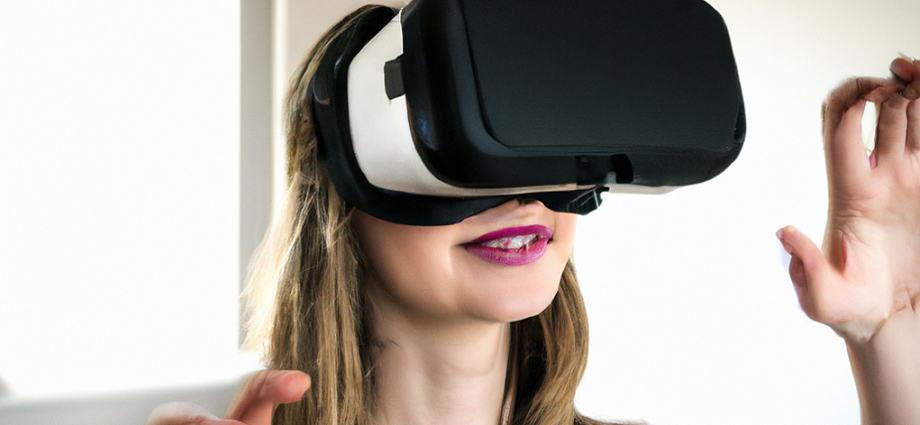Virtual reality (VR) and augmented reality (AR) are rapidly emerging technologies that have the potential to revolutionize the field of oncology. These technologies can be used to improve patient care, enhance medical education, and advance research in the field of cancer. In this article, we will explore the current state of virtual reality research in oncology and the potential applications of VR and AR in patient care and research.
Background on Virtual Reality Research
A computer-generated 3D environment that can be experienced through special equipment like VR headsets is known as Virtual Reality. VR technology has been around for decades, but recent advances in hardware and software have made it more accessible and affordable for a wide range of applications.
VR can be used to simulate surgical procedures, provide immersive medical education, and even help with pain management. In oncology, VR has the potential to improve patient care by providing a more realistic and interactive experience for patients undergoing chemotherapy, radiation therapy, and other treatments.
Virtual Reality and Human Perception
Virtual reality can also be used to enhance human perception. For example, VR can be used to provide a more realistic and interactive experience for patients undergoing radiation therapy. This can help to reduce anxiety and stress by providing a more immersive and engaging experience. Additionally, VR can be used to provide a more realistic and interactive experience for patients undergoing chemotherapy, which can help to reduce nausea and other side effects.
AR VR Research
Augmented reality (AR) is another promising technology that can be used in oncology. AR is a technology that superimposes digital information on the real world, providing a more immersive and interactive experience. In oncology, AR can be used to provide a more realistic and interactive experience for patients undergoing chemotherapy, radiation therapy, and other treatments. Additionally, AR can be used to provide a more realistic and interactive experience for patients undergoing surgical procedures.
Applications of Virtual Reality in Oncology
Virtual reality is not just limited to pain management and medical education. It has the potential to be used in a variety of other applications in oncology such as:
- Rehabilitation: VR can be used to provide physical therapy for cancer patients who have undergone surgery or radiation therapy. This can help to improve their mobility, strength and overall quality of life.
- Psychological Support: VR can be used to provide psychological support for cancer patients, including support for managing stress, anxiety, and depression. This can include virtual reality-based exposure therapy, which can help patients to overcome their fears and phobias related to their cancer diagnosis and treatment.
- Clinical Trials: VR can be used to simulate clinical trials, allowing researchers to test the effectiveness of new treatments without putting patients at risk. This can help to speed up the development of new cancer treatments and get them to patients faster.
- Patient Education: VR can be used to provide patients with an interactive and immersive experience that can help them to understand their diagnosis and treatment options. This can help to empower patients and give them a greater sense of control over their own care.
Challenges and Considerations
Virtual Reality (VR) has a lot of promise in cancer care, but there are some challenges that make it hard to use everywhere:
- Cost and Accessibility: VR can be expensive, and not all hospitals or clinics can afford it.
- Technical Issues: Current VR systems might not feel entirely real and can sometimes make users feel sick or uncomfortable.
- Patient Comfort: Some patients might not feel comfortable using VR, and it can take time to learn how to use it properly.
Conclusion
Virtual reality and augmented reality have the potential to revolutionize the field of oncology. These technologies can be used to improve patient care, enhance medical education, and advance research in the field of cancer. VR and AR have the potential to provide a more realistic and interactive experience for patients undergoing chemotherapy, radiation therapy, and other treatments. Additionally, VR and AR have the potential to provide a more realistic and interactive experience for patients undergoing surgical procedures. With the increasing advancements in VR and AR technology, we can expect to see more and more applications of these technologies in the field of oncology in the future.

